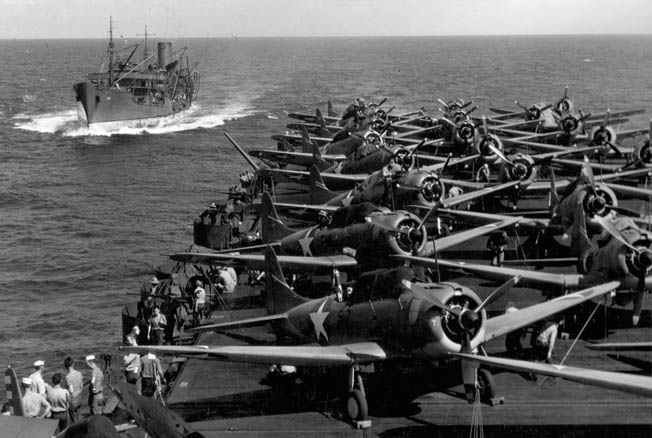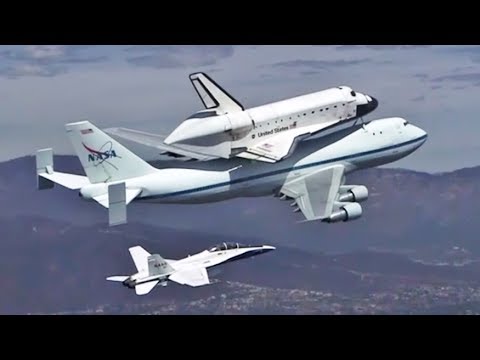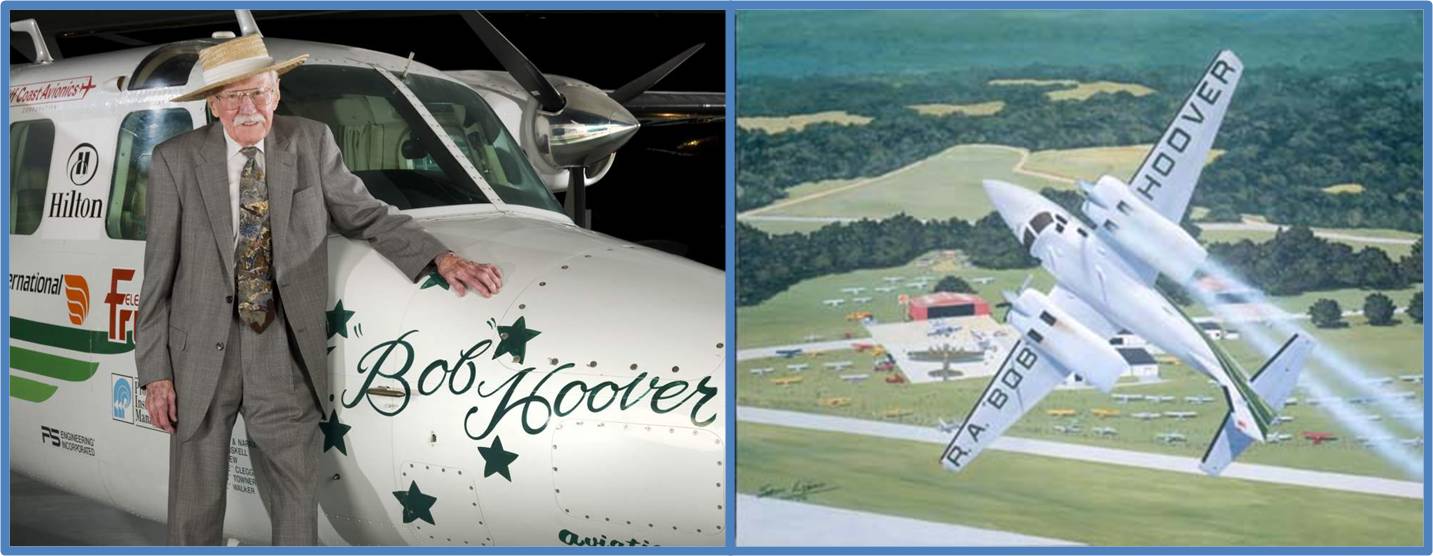Blown Slick Series #13 Part 14 (3/4)
“It is true, Marines will take a pounding until their own air gets established (about ten days or so), but they can dig in, hole up, and wait. Extra losses are a localized operation. This is balanced against a potential National tragedy. Loss of our fleet or one or more of these carriers is a real, worldwide tragedy.” Colonel Melvin J. Maas, USMC TF-61 Staff
TF-61 at Guadalcanal: three of the for carriers in the Pacific in August 1942 – Wasp, Saratoga, and Enterprise.
In a series on carrier operations at the beginning of WWII it would be remiss not to discuss the controversial decisions made by VADM Fletcher concerning withdrawing his TF-61 carriers from the immediate vicinity of the attack after the initial landings. The basic role of the carriers in the Watchtower landings was, of course, to provide air support, in particular fighter cover.
This piece is not intended to cover the events in detail but only to provide basic context in the early evolution of carriers in warfare. In hindsight it is useful to reflect on two items: 1) TF-61 was composed of three of only four US carriers in the Pacific and 2) it is well worth highlighting how much the rough parity of carrier forces of the two sides contributed to the protracted nature of the overall bloody struggle for the island.













